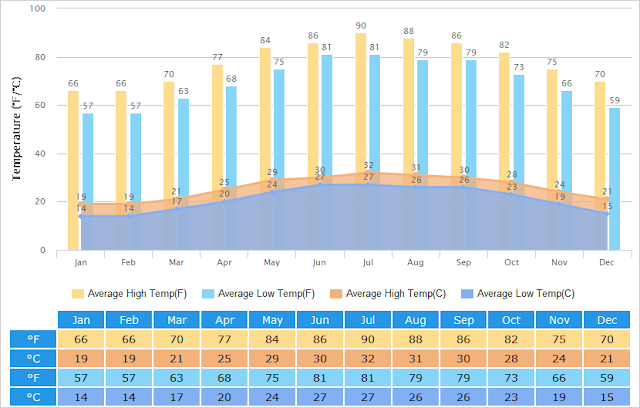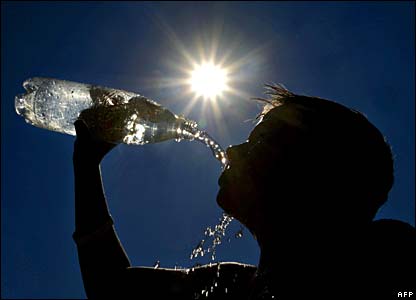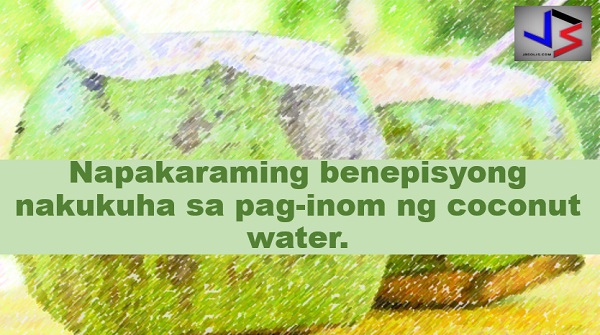The months of July and August are the hottest months of the year in the subtropical Hong Kong; with temperature reaching as high as 33
While this temperature might appear normal in other parts of the world, especially those with more temperate or oceanic climates, the city’s high humidity levels compound the heat stress a person feels which contribute largely to the cause of heatstroke.
Advertisement
To illustrate, according to Observatory’s Hong Kong Heat Index, a 33 C.
Last month, an overseas Filipino worker (OFW) in Hong Kong, 37-year-old Bernadett Manalo Natividad, reportedly died after suffering from heat stroke. Her employer found her unconscious in her room and was immediately rushed to the hospital on July 21.
Natividad was unable to recover and never regained consciousness. She died two days later.
On August 2, the Philippine consulate received another report of an OFW who died after suffering heart attack. She, too, was found lifeless on the floor and is believed to have died days earlier.
Ads
It was not confirmed yet what triggered the second victim’s heart attack, but heat stroke is being eyed as the main culprit.
With the string of OFW deaths in Hong Kong this summer of 2018, believed to be related to extremely hot temperature, here’s how to avoid being a victim of heat stroke.
Heatstroke occur whenever the human body fail to effectively cool down its temperature as a natural response like sweating and increased breathing rate especially when it gets hotter around us.
It is a serious form of heat injury and is considered a medical emergency. Early symptoms of heat exhaustion include giddiness, headache, nausea, shortness of breath and mental confusion.
But once the body temperature hits 41 C or higher, the victim could experience convulsions, and eventually lose consciousness.
Ads
First aid must be applied to bring down the victim’s temperature; otherwise he or she could be in great danger that may result to death.
While anybody could be a victim of heatstroke, those who are at risk the most are the obese, the elderly, the sick and the children.
Heres’ how to prevent heatstroke, according to the Hong Kong Observatory:
- First, always pay attention the daily weather warning especially during summer
- Wear light-colored, loose and air permeable clothing to reduce heat absorption and promote heat loss from sweating.
- Bring and drink plenty of fluid to prevent dehydration.
- Avoid drinks containing caffeine (e.g. coffee and tea) or alcohol, because these substances will speed up water loss from the body through the urinary system.
- Do not engage in prolonged activities such as hiking and trekking under extremely hot weather, as heat, sweating and exhaustion place additional demands on one’s physique.
- Perform outdoor activities in the morning or late afternoon, if possible.
- Choose an indoor venue with good ventilation by opening all windows and using fan or air-conditioning. Avoid doing vigorous exercise in a hot or stuffy environment.
- Re-schedule your work to cooler times of the day. If you must work in a hot environment, introduce shading in the work area where practicable, then start slowly and pick up the pace gradually. Take breaks every now and then in a cool area to recharge yourself.
- Do not stay inside a parked vehicle.
- Stop in the course of activity immediately and seek medical advice if feeling unwell.
Not Just a Refreshing Drink: 13 Amazing HealthBenefits Of Coconut Water
11 REASONS WHY YOU SHOULD EAT OKRA FOR GOOD HEALTH
©2018 THOUGHTSKOTO







